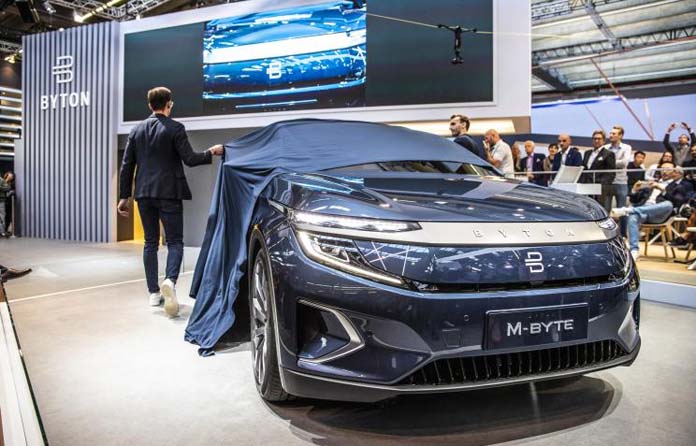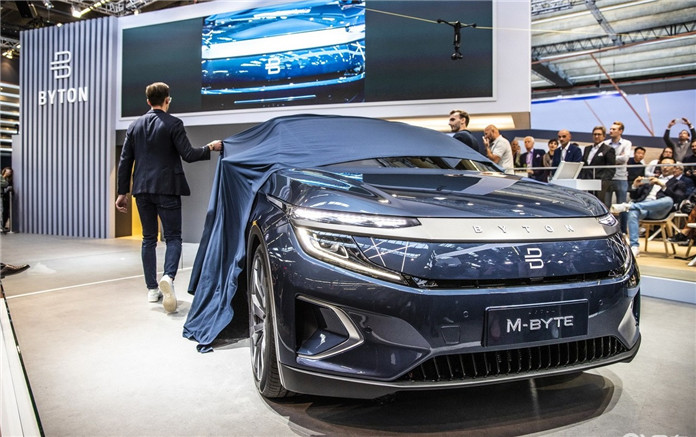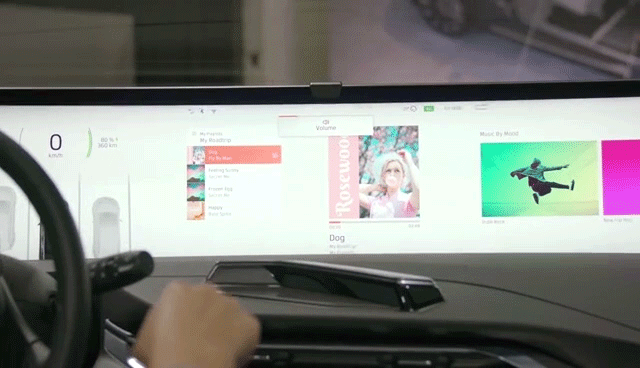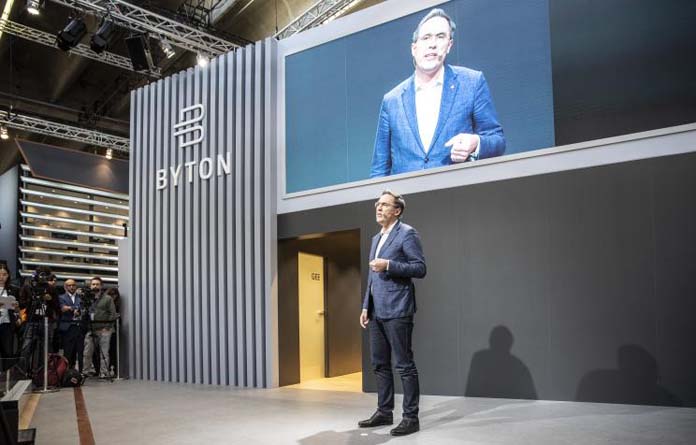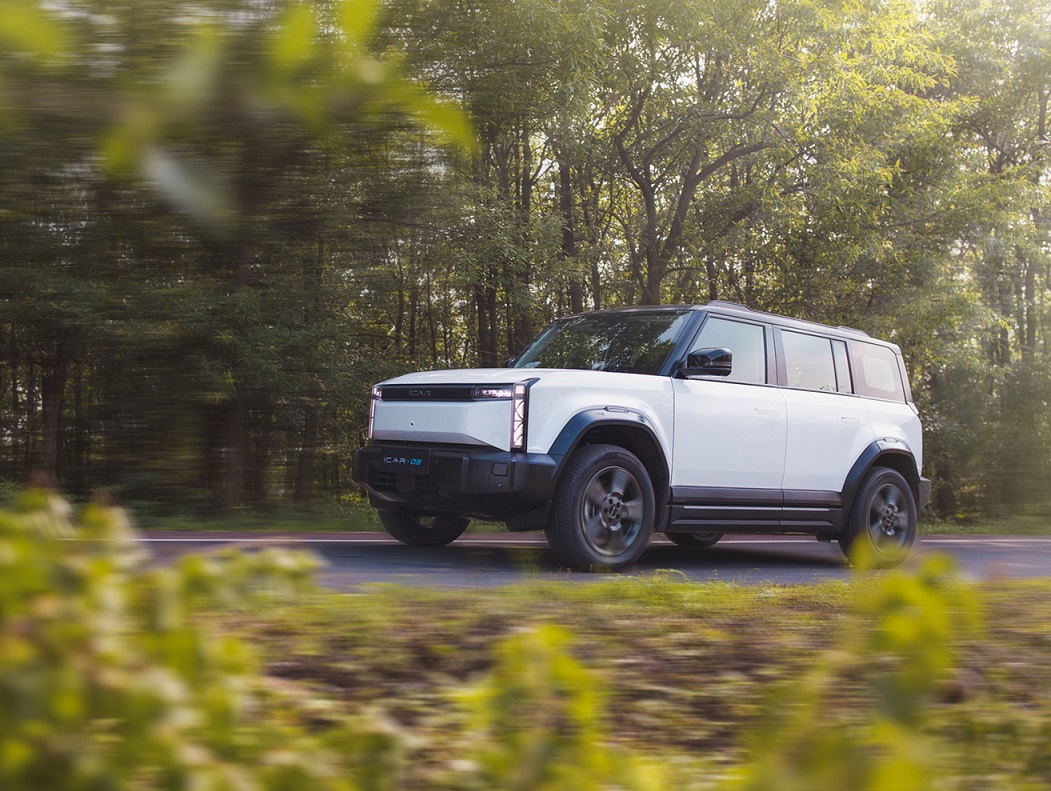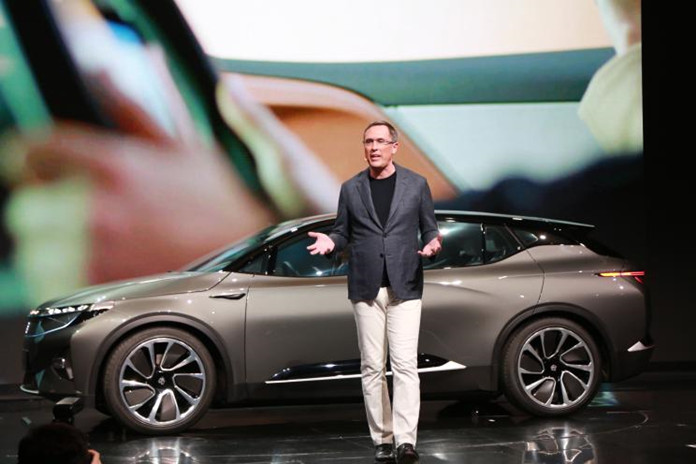
We learned from Chinese media that BYTON CEO Dai Lei (Dr. Daniel Kirchert) temporarily organized a telephone communication meeting for all employees in China. During the meeting, At the meeting, he told over 800 BYTON employees that the company decided to suspend business operations in Mainland China from July 1 after communication between the company’s shareholders and management, leaving only a small number of positions to maintain the basic functions of the company.
According to reports, during the suspension of business operations in mainland China, the number of employees staying in China will be less than 100, of which 50% are production and R&D personnel. In addition, Byton’s offices in the United States and Germany will initiate bankruptcy proceedings, and the above two regions will only retain more than 10 jobs. According to media reports, as of May 31, BYTON had fewer than 1,030 employees in China, less than 340 in North America, less than 65 in Germany, and less than 15 in Hong Kong.
Dai Lei, CEO of BYTON, said: “This is a very difficult decision. The company is facing great economic pressure because the financing plan is not completed as scheduled. It needs to temporarily suspend business operations and discuss with shareholders to sort out the next step, including continuing to discuss the company’s restructuring plan.”
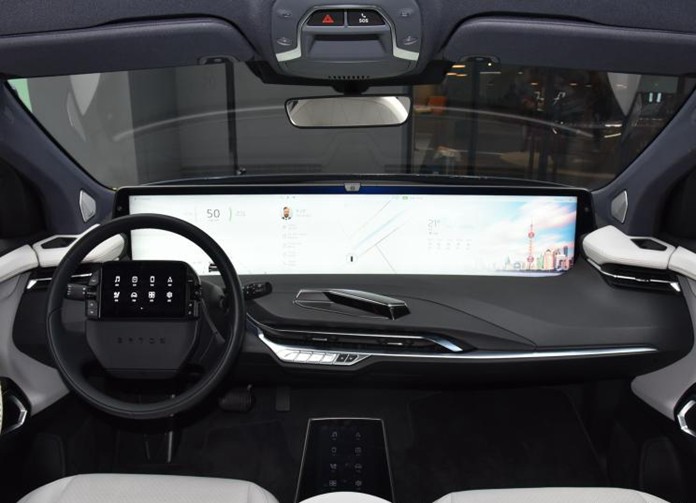
Prior to this, BYTON had stated that its first model, BYTON M-Byte, was scheduled to be officially launched in the middle of the year. Based on the current situation, the plan may be stranded. BYTON M-Byte is positioned as a pure electric mid-size SUV. The concept car was first exhibited at the 2018 CES exhibition and then entered the mass production stage. The mass production version of the model retains most of the concept car’s design concepts. The car is equipped with 48 inches oversized shared full screen. The new car is available in two power versions: a single-motor rear-drive version with a maximum power of 200 kW (272 hp), and a front and rear dual-motor four-wheel-drive version with 300 kW (408 hp).

